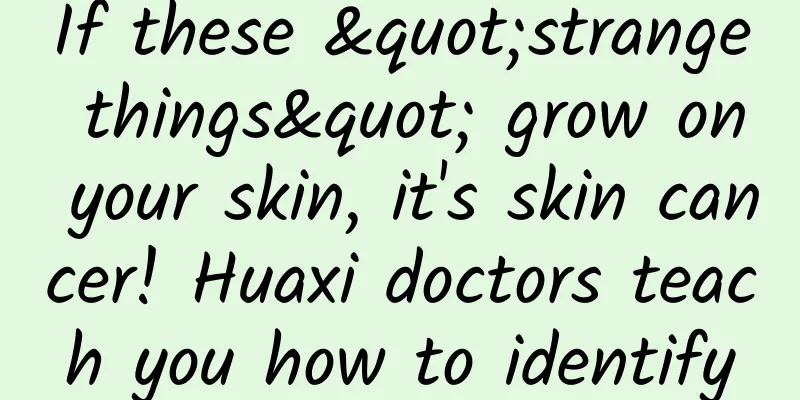The therapeutic effect of Rehmannia glutinosa

|
You may be unfamiliar with Rehmannia root. It is a Chinese medicinal material, which is of great help to our health. We often see it in pharmacies. It is also the basic ingredient of many Chinese patent medicines. Let us learn about it. Rehmannia glutinosa is the tuberous root of the Scrophulariaceae plant Rehmannia glutinosa (scientific name: Rehmannia glutinosa), also known as Rehmannia glutinosa or Rehmannia glutinosa, which is processed and cooked. It is usually made with wine, amomum villosum and tangerine peel as auxiliary materials and is repeatedly steamed and dried until the inside and outside are black and oily, and the texture is soft and sticky. For slicing or charcoal roasting. Rehmannia glutinosa, also known as Rehmannia glutinosa or Rehmannia glutinosa, belongs to the Scrophulariaceae family. It is an excellent Chinese medicinal material with the effects of nourishing blood and yin. It can be used for symptoms such as blood deficiency and sallow complexion, dizziness, palpitations and insomnia, irregular menstruation, metrorrhagia, etc. It can also be used for symptoms such as hot flashes and bone steaming, night sweats, spermatorrhea, and thirst caused by kidney yin deficiency. It is one of the main ingredients of Liuwei Dihuang Pills, an over-the-counter medicine for deficiency syndrome. Plant morphology Perennial herb, 20-40 cm tall, the whole plant has white long soft hairs and glandular hairs. Rehmannia glutinosa The tuber is fleshy, cylindrical or spindle-shaped, and has a reddish-yellow surface. The basal leaves are clustered, obovate to oblong, 3-10 cm long, 1.5-4 cm wide, obtuse at the apex, gradually narrowing at the base and extending downward to form a petiole, with irregular blunt teeth on the edge, and the leaves are mostly wrinkled; the stem leaves are small. The raceme is terminal; the calyx is bell-shaped and 5-lobed; the corolla is tubular and slightly curved, with 5 lobes at the apex, slightly lip-shaped, purple-red, and often with yellow and purple stripes on the inside; there are 4 stamens, didyna; the ovary is superior and 2-chambered. Capsule oval. Many seeds. The flowering period is April to May, and the fruiting period is May to June. [1] Medicinal material form This product is in the form of irregular pieces and fragments with varying sizes and thicknesses. The surface is black, shiny and very sticky. The texture is soft and tough; not easy to break, the cross section is black and shiny. Odorless, sweet taste. The decoction of Rehmannia root can treat hypertension, and blood pressure, serum cholesterol and triglycerides can all be reduced. The cerebral blood flow graph and electrocardiogram can also be improved (Appraisal of the scientific research results on whether to add wine or not when processing Rehmannia root, 1980.6). The total effective rate of using compound Wuzidihuang oral liquid to treat male infertility is 84%. Once you know its composition and therapeutic effects, you will find that it is one of the main ingredients of our Chinese medicine Liuwei Dihuang Pills. It is also a good medicine for treating diseases such as high blood pressure, so we must take this type of Chinese medicine seriously. |
<<: How to make fresh bamboo sap
>>: How are Chinese herbal medicines made?
Recommend
The efficacy and function of wild grape
Wild grape is a very common Chinese medicine in o...
The efficacy and function of cod
Cod is a traditional Chinese medicine. There are ...
Suanzaoren Capsules
I believe everyone is familiar with sour jujube k...
He made nine calculations for one value, and his life is the history of the development of China's nuclear weapons|Time Letter
Special Project of Beijing Science Center Origina...
Regularly staying up late vs occasionally sleeping late, which one is more harmful to the thyroid gland? 6 tips for sleeping well for a healthy thyroid gland
I heard that staying up late can easily lead to t...
Huoxiang Qingwei Tablets
Huoxiang Qingwei Tablets, I believe many people h...
How to choose Jiaogulan
Gynostemma pentaphyllum is a fashionable drink no...
What is Viola yedoensis
We don’t know much about many plants, but there a...
Can dandelions be eaten to treat high blood pressure?
From the perspective of traditional Chinese medic...
Traffic Analysis of the Top 5 Online Shopping Websites in the United States in August 2014
1. Ranking of U.S. Shopping Websites (Top 10) Cat...
The efficacy and function of Chinese medicine cinnamon
When it comes to the efficacy and functions of th...
Can Panax notoginseng tablets reduce inflammation after spraining an ankle?
Many factors in life can cause accidental injurie...
Help, why do you keep gaining weight? Because fat cells "remember" that you were fat...
I wonder if you have ever joined the army of weig...









